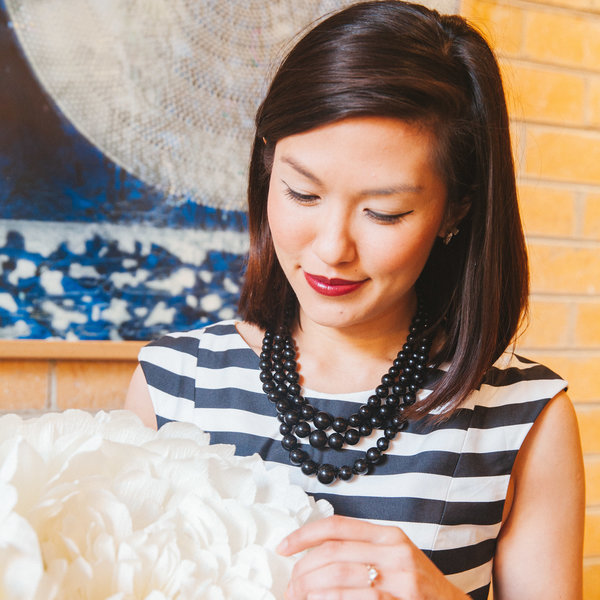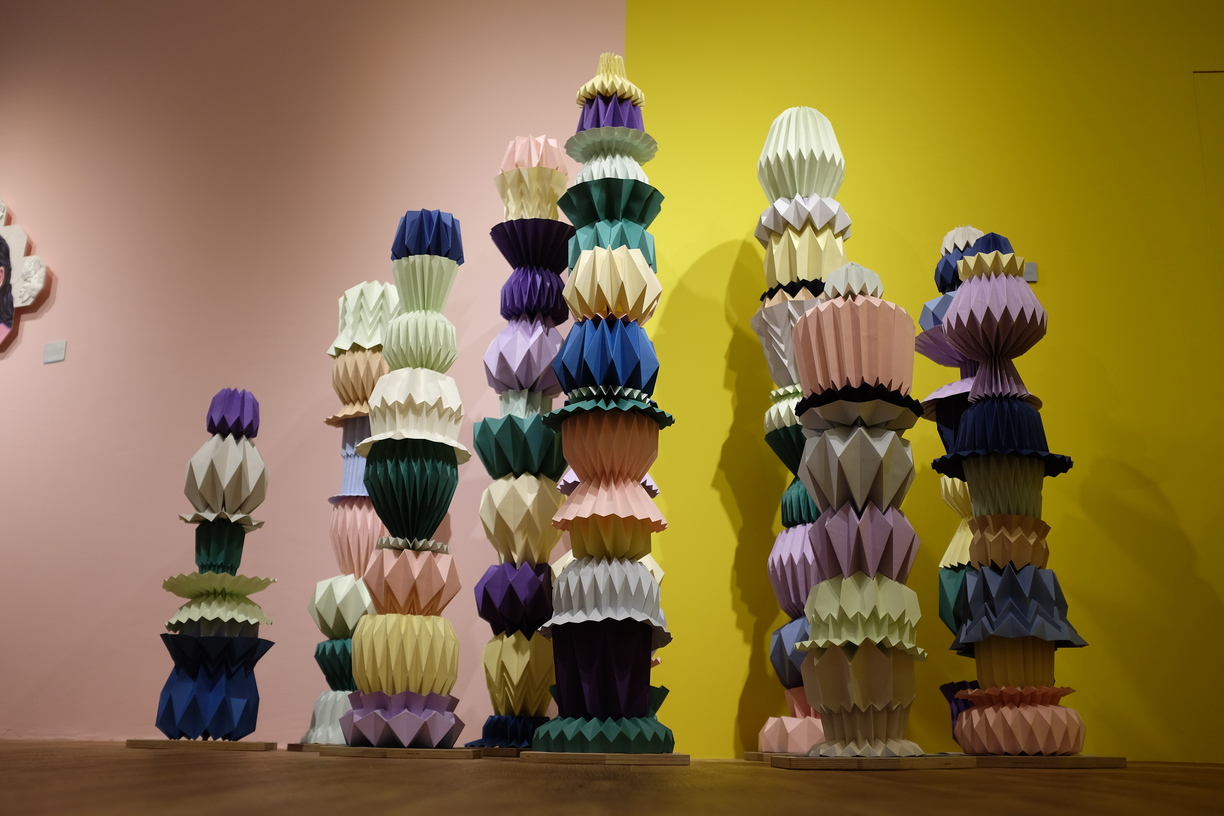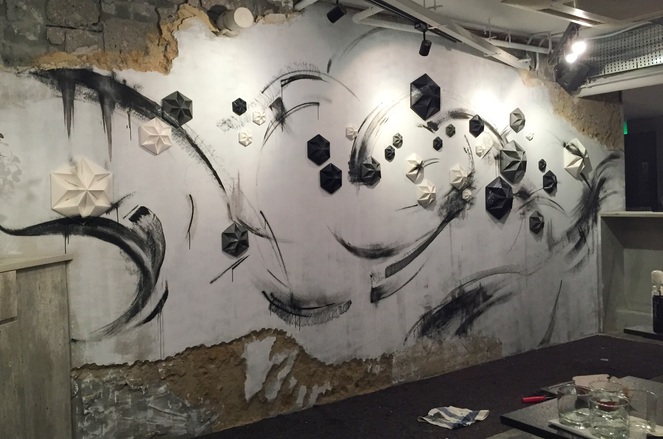
Rae Elizabeth Lim
The art of paper folding, or more commonly known as its Japanese translation “Origami”, has always had strong roots in Japanese culture. Though it was discovered and used by many cultures in the past, it was the Japanese who truly brought out its potential to the fullest as a form of art that has grown to become a global hit. As paper became more affordable, its possibilities as a medium for artworks became accessible to the public.
Origami has evolved significantly over the years, and various artists are now adding new and creative spins to the paper folding art. Rae Elizabeth Lim, a born and raised Singaporean, is one such artist and aims to push the envelope on the art.
Passion For Paper
Having no formal education in arts and crafts, Rae initially considered paper crafting and origami as a hobby to fill time. However, as she learned more about the art and started to explore creative new ways to fold paper, it evolved into a passion.
“Now when I think back, I believe the reason why I took up Origami as a hobby was actually due to my grandmother. When I was a child, she used to make little Origami toys for me to play with. One of my favourites was the paper sampan boats she used to fold, whereby I would then race the boat down the drain. It was great fun indeed and I have fond memories of it. So when I took it up as a hobby, I wanted to explore what else I could create with the medium”.
Pushing The Envelope
Rae’s career in the paper art actually started out from humble origins as favours for friends and family. This would normally take the form of wedding bouquets, decorations for events, door gifts, and home display pieces to name a few. Her first big opportunity into the field was in 2016 when she was invited to participate in an exhibition by K+ (a gallery space) where they were collaborating with RJ Paper to launch a new paper range called Color plan. According to Rae, she wanted to use the opportunity to showcase the limitless possibilities of paper and the shapes and forms it could create. An immediate success, it opened up new windows to commercial opportunities and collaborations, giving birth to “Paper In My Attic”, the name she now uses.
One such collaboration was with her husband, a graphic designer and mural by trade. “We both worked on a commissioned wall mural piece for MACA, a restaurant with a Japanese-Asian-European fusion menu, in which we incorporated elements of all three cultures into our creative process. The simple structured ornamental origami shapes were based on the Asanoha Japanese pattern, which symbolises growth and good health. The free-form strokes and paint drips were expressions of synthesis and unification. It unexpectedly worked really well whilst inspiring us to push for mural jobs that allowed us to offer both our expertise.”
This young aspiring artist also had the opportunity to collaborate with Binary Styles x Isetan for Singapore’s National Day 2017. She used elements of the brand’s latest item, a scarf specially designed for the celebration, and incorporated it into the design of her art piece which showcased Singapore’s national flower, the Orchid.

Mesmerising origami pieces
Changing Tides
As origami moves into the 21st century, people often wonder what the future holds for the art. For Rae, she feels that the vast amount of objects and designs a single piece of paper can take are immeasurable.
Rae believes that origami will always have a place in this world as it has permeated several industries to date, particularly in packaging, architecture, fashion, science, space technology and even medical fields.
Speaking on the medical field, origami-inspired engineering is in development as a result of its ability to fold and unfold. “I’m no scientist or mathematician but I feel that origami will continue to be utilised and change the world! We have only just begun to scratch the surface of its possibilities.”
After loads of scrunched up paper overloading the waste bin, a long journey in learning basic folds and terminologies, Rae is proud of how far she has come and all that she has achieved. She hopes to strike up more collaborations in the future, hold more workshops and share her love for the art with others.

Structured ornamental origami shapes based on the Asanoha Japanese Pattern


